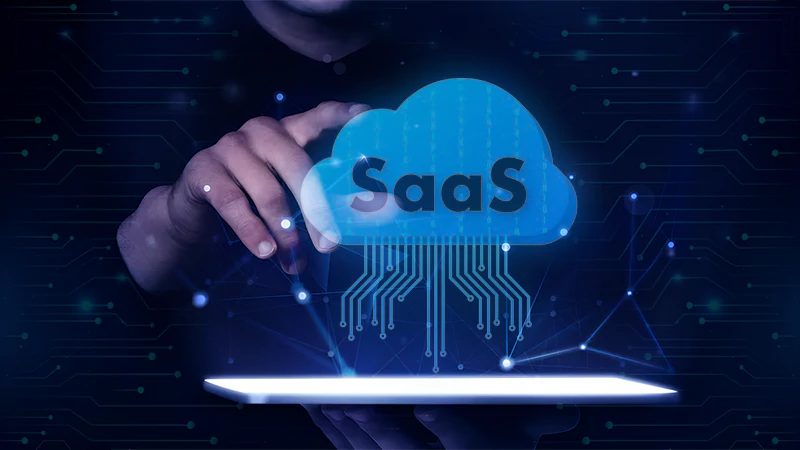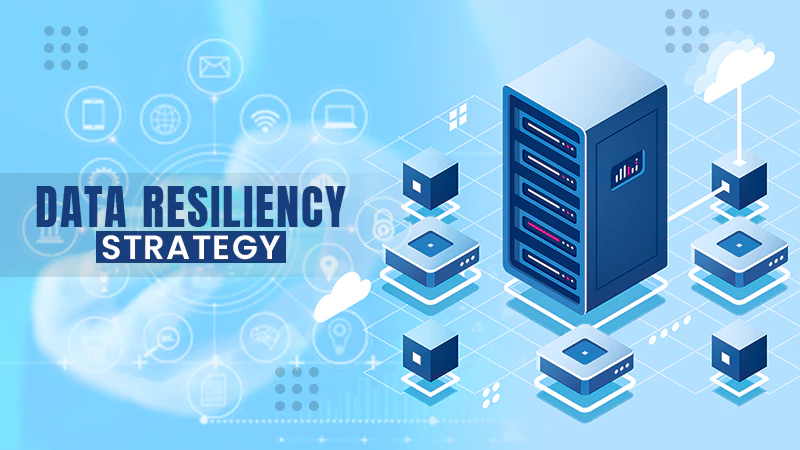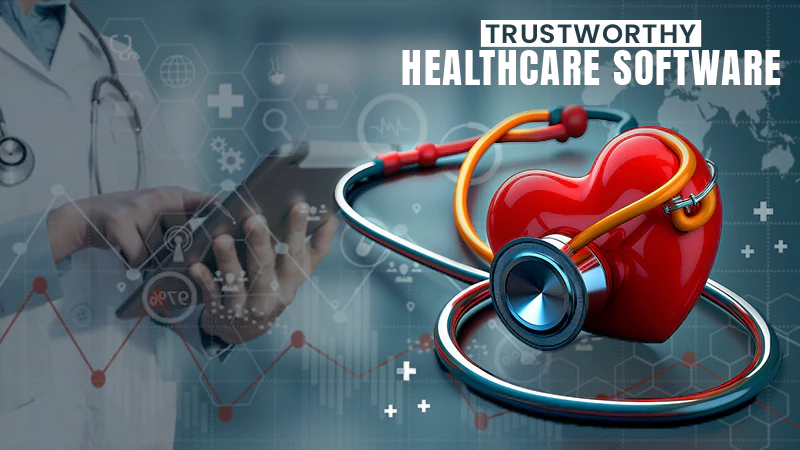SaaS app development: If you’re thinking about developing SaaS solutions in 2022, you should know that analysts expect the SaaS industry will grow to $716 billion by 2028, accounting for over half of the world’s digital business. The solid security of data protection and massive scalability, which combined deliver enormous advantages to all platform users, are driving such popularity among providers. Because of this tendency, bespoke SaaS development seems to be the ideal answer.
In exchange for all of the advantages of SaaS, there are a few issues to consider. It is essential to examine all elements to simply fix them with the assistance of a technically trained team, which is why we will discuss it in this post.
What is the Definition of SaaS Application Development?
The development of cloud-based apps is known as SaaS development. It includes document generation, design, programming, testing, and server deployment.
It is available on any internet-connected device and enables users to communicate with cloud-based apps without the need for any installation or physical collection on the device. Traditional software applications, on the other hand, require users to install software on their devices after purchasing the software license. It is usually better to contact a SaaS application development company in order to get a quality product.
What are the Advantages of SaaS App Development?
SaaS is Simple to Implement
The key advantage of SaaS over conventional software is the lower cost and shorter timeline for delivering a solution to a target market.
This benefits both SaaS users and providers since providers centrally repair, update, and deploy services in the cloud, lowering software maintenance expenses.
Clients are not required to install updated software versions.
Money Saving
You can save a lot of money by avoiding hardware maintenance costs with a SaaS model. All you need to do is provide your SaaS software with a sufficient number of high-quality servers that may also be situated remotely.
Furthermore, the initial expenses of developing a cloud-based SaaS application are often substantially cheaper than those of developing local software. Using the SaaS approach, you simply pay for the capacity you use, avoiding the need to purchase hardware to host your application.
Scalability
A perfect SaaS solution is hosted in scalable cloud settings that are simple to interface with other parties.
Third-party-enabled features are simply added to the SaaS app via APIs, streamlining the process of introducing better features to the platform.
Scaling on the user end is also simple since it does not need consumers to buy software or servers because companies just subscribe to the services they demand.
If their requirements change, they may easily upgrade to a more appropriate subscription with a few clicks.
Database Security and Design
SSL and TLS encryption are basic security techniques used by SaaS database providers. This safeguards user conversations and data, allowing providers to spend less on data security.
You can also find more information about enterprise software development here: https://relevant.software/for-enterprises/.
Challenges in Implementing SaaS
The advantages and difficulties of SaaS go hand in hand, which is why understanding SaaS software idiosyncrasies is especially important throughout the SaaS product development process.
Availability
System availability is a crucial need for SaaS systems. Developers should utilize a zero-time deployment method to assure it and avoid any constraints in consumer access to the SaaS-based service. This technique guarantees that the system is fully responsive throughout the deployment, reducing the likelihood of downtime.
Third-Party Service Integration
The payment mechanism is one of the most visible third-party components of most SaaS products. This feature allows users to pay for subscriptions or undertake monetization/pricing-related tasks.
The difficulty here is that integration might be difficult due to the complexity of the technological requirements.
Because of common payment options complexities, each of these payment systems offers API documentation that walks users through the implementation process.
Security
The prevention of difficulties with secure access to SaaS solutions is critical for SaaS application development. Data encryption, adherence to international security standards, and phishing attack prevention should be prioritized. It is also important to realize that SaaS solution cloud storage necessitates even more security precautions.
Conclusion
The market for SaaS app development is quickly expanding due to the high demand for innovative cloud-based technological solutions. Entrepreneurs and startups strive to create new user-friendly software that will change the market and improve people’s lives.








